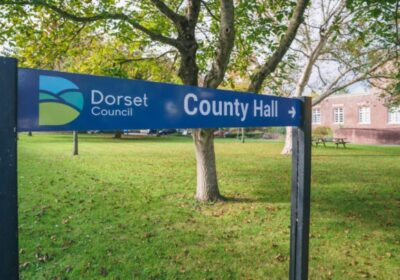THE cocktail ring was originally designed during Prohibition in the 1920’s when women were becoming more independent, having been given the vote, and who were invited to attend illicit parties where alcohol was drunk a-plenty.
A cocktail ring made a statement and the bigger and brighter, the better!
After the end of the war in the 1950s ,cocktail parties became popular again and so there was resurgence in this type of jewellery which was colourful and a real antidote to the austerity of rationing and lack of availability of gemstones. Popular designers included Butler & Wilson, and affordable costume jewellery made dressing up accessible.
By the 1960s and 1970s, when the fashion world exploded, the focus was on social change with women buying for themselves. Jewellery was worn for the joy of it, not just as a statement of wealth or having been given it to signify an anniversary.
Pieces by Andrew Grima, affectionately known as the father of modern jewellery and who designed pieces for the Royal Family and London society, were big and bold and coveted. Some are even displayed in the Victoria & Albert Museum. Likewise, Charles de Temple was a pioneer of the Modern Jewellery Movement and was known for his unique designs and technical ability to handcraft gold.
The gorgeous 18ct gold Lapis Lazuli & Turquoise semi precious stone ring you can see is known as a ‘bombe’ ring. This means there is usually a large stone in the middle in a rounded, curved design. Its creator is Alan Martin Gard whose signature pieces use texture and gemstones, taking inspiration from nature and organic contemporary design. His jewellery is much sought after, making them quite valuable. This ring is hallmarked for 1972.
AMY BRENAN
Director of Heirlooms Jewellers, 21 South Street, Wareham











Leave a Reply